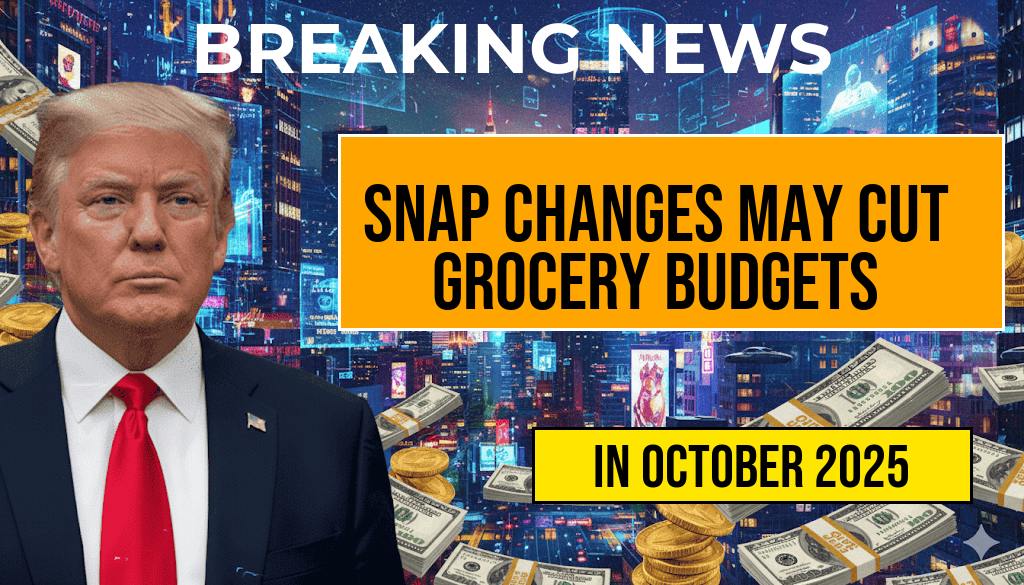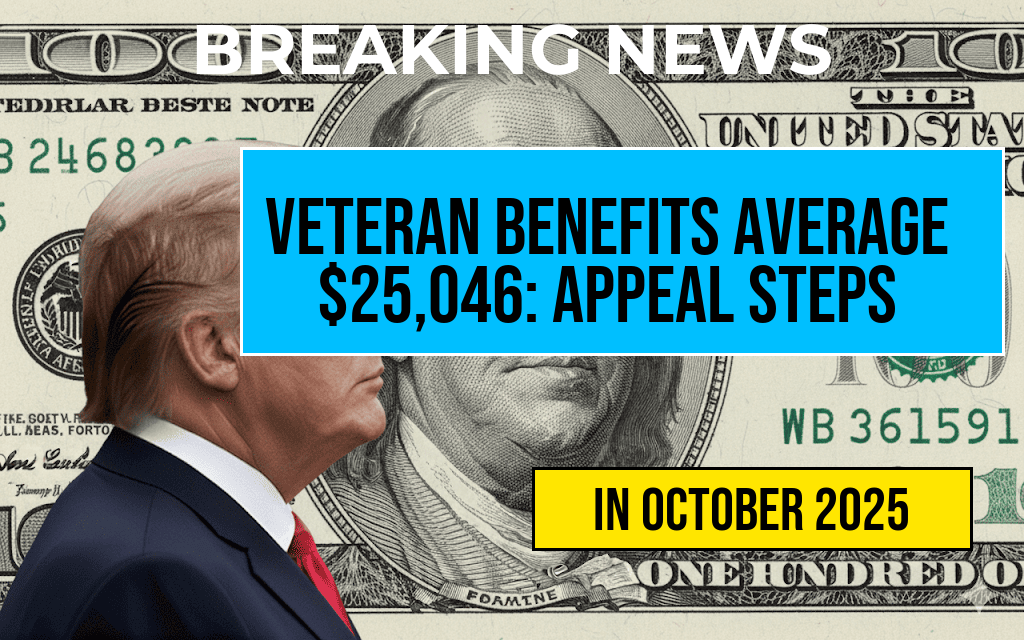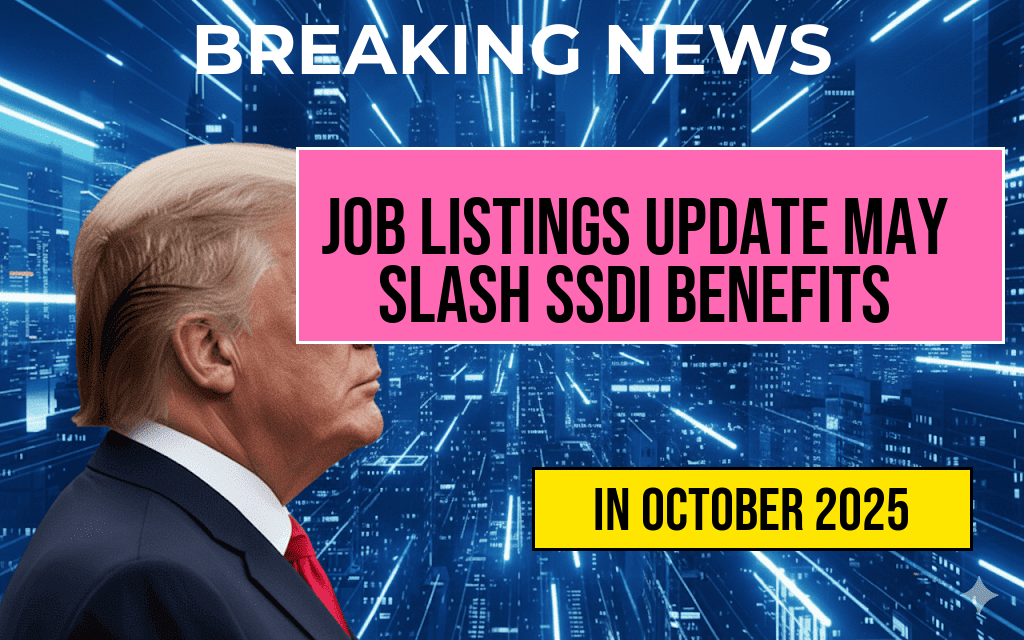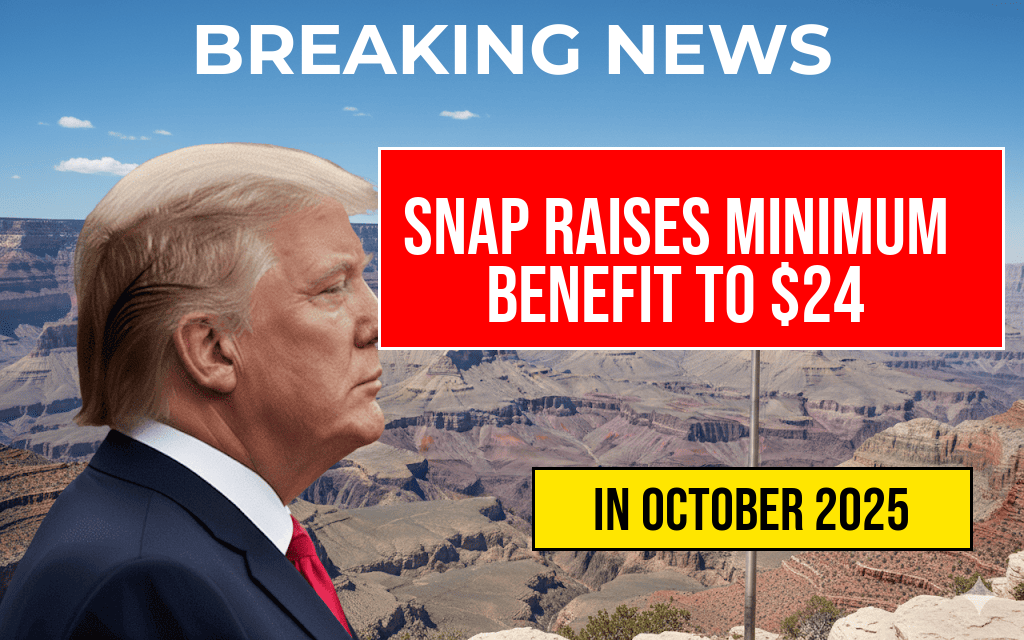The proposed changes to the Supplemental Nutrition Assistance Program (SNAP) within the upcoming Farm Bill could drastically affect the grocery budgets of millions of Americans. Advocates for food security are voicing concerns that these modifications could lead to a reduction of approximately $30 billion in SNAP benefits over the next decade. This potential cut comes at a time when food prices are already rising, and many families are struggling to make ends meet. As lawmakers debate the Farm Bill, the implications of these proposed adjustments are causing significant alarm among anti-hunger organizations and affected households alike.
Proposed Changes to SNAP
The Farm Bill, which is renewed approximately every five years, governs a variety of agricultural and food assistance programs. Among its most significant components is SNAP, designed to help low-income individuals and families afford food. The current proposal includes changes that might tighten eligibility requirements and reduce benefits, a move supported by some lawmakers who argue it will help to deter fraud and ensure that assistance reaches only those truly in need.
Potential Impact on Beneficiaries
The implications of the proposed changes are far-reaching. According to estimates from the Center on Budget and Policy Priorities, a nonpartisan research organization, these adjustments could cut benefits for approximately 10 million households. Many of these families already face tough choices between paying for food and other essential expenses such as housing and healthcare.
- Increased food insecurity: Experts warn that reduced SNAP benefits could lead to higher rates of food insecurity, particularly among children and vulnerable populations.
- Rising food prices: As inflation continues to affect the cost of living, lower SNAP benefits may not adequately cover grocery expenses, forcing families to seek assistance from food banks and community resources.
- Health implications: Poor nutrition resulting from limited food access can lead to long-term health issues, which may ultimately increase healthcare costs for individuals and the government.
Supporters and Opponents Weigh In
Supporters of the proposed SNAP changes argue that they are necessary to maintain the integrity of the program. They believe that by imposing stricter eligibility guidelines, the government can better allocate resources and prevent abuse of the system. However, opponents contend that the cuts are punitive and will disproportionately affect the most vulnerable members of society.
Voices from the Community
Several advocacy groups have rallied against the proposed changes, emphasizing that many SNAP recipients are already facing significant hardships. The Food Research & Action Center (FRAC) released a statement stressing that these cuts could exacerbate existing disparities in food access. The organization highlights the importance of SNAP in alleviating hunger and promoting health among low-income families.
Moreover, community leaders have echoed these sentiments, urging lawmakers to reconsider the potential fallout from such cuts. “We cannot afford to turn our backs on those who rely on these benefits for their daily sustenance,” said Sarah Johnson, a local food bank director. “The proposed changes could push too many families into a cycle of hunger and poverty.”
Looking Ahead: The Farm Bill Timeline
The Farm Bill is set for reauthorization in 2023, with discussions ongoing in Congress. Stakeholders from various sectors, including farmer organizations, food banks, and anti-hunger advocates, are keeping a close eye on the developments. As negotiations progress, the final decisions on SNAP funding and eligibility will likely shape the landscape of food security for years to come.
| Year | Estimated Benefit Reduction | Households Affected |
|---|---|---|
| 2024 | $2.5 billion | 1 million |
| 2025 | $3 billion | 1.5 million |
| 2026 | $3.5 billion | 2 million |
| 2027 | $4 billion | 2.5 million |
| 2028 | $4.5 billion | 3 million |
| 2029 | $5 billion | 3.5 million |
| 2030 | $5.5 billion | 4 million |
As the debate continues, it remains crucial for the public to stay informed and engaged regarding the outcomes of the Farm Bill negotiations. Advocates for food security encourage citizens to contact their representatives to express their concerns about the proposed SNAP changes and their potential impact on families across the nation.
For more details on SNAP and its significance, visit USDA SNAP or read further analysis from CBPP.
Frequently Asked Questions
What are the proposed changes to SNAP in the Farm Bill?
The proposed changes to SNAP (Supplemental Nutrition Assistance Program) in the Farm Bill aim to modify eligibility requirements and benefit calculations, potentially affecting millions of households relying on food assistance.
How much could the proposed changes cut from grocery budgets?
The anticipated changes could lead to a reduction in grocery budgets by as much as $30 billion over a decade, significantly impacting low-income families’ ability to afford nutritious food.
Who will be affected by these SNAP changes?
Approximately 42 million Americans who currently receive SNAP benefits may face reduced assistance, which could lead to increased food insecurity among vulnerable populations.
What are the potential implications for food security?
The cuts to SNAP benefits could exacerbate food insecurity and hunger, making it more challenging for low-income families to access healthy foods and maintain adequate nutrition.
How can individuals voice their opinions on these proposed changes?
Individuals can voice their concerns by contacting their local representatives, participating in public comment periods, and engaging with advocacy groups focused on food security and nutrition assistance.








